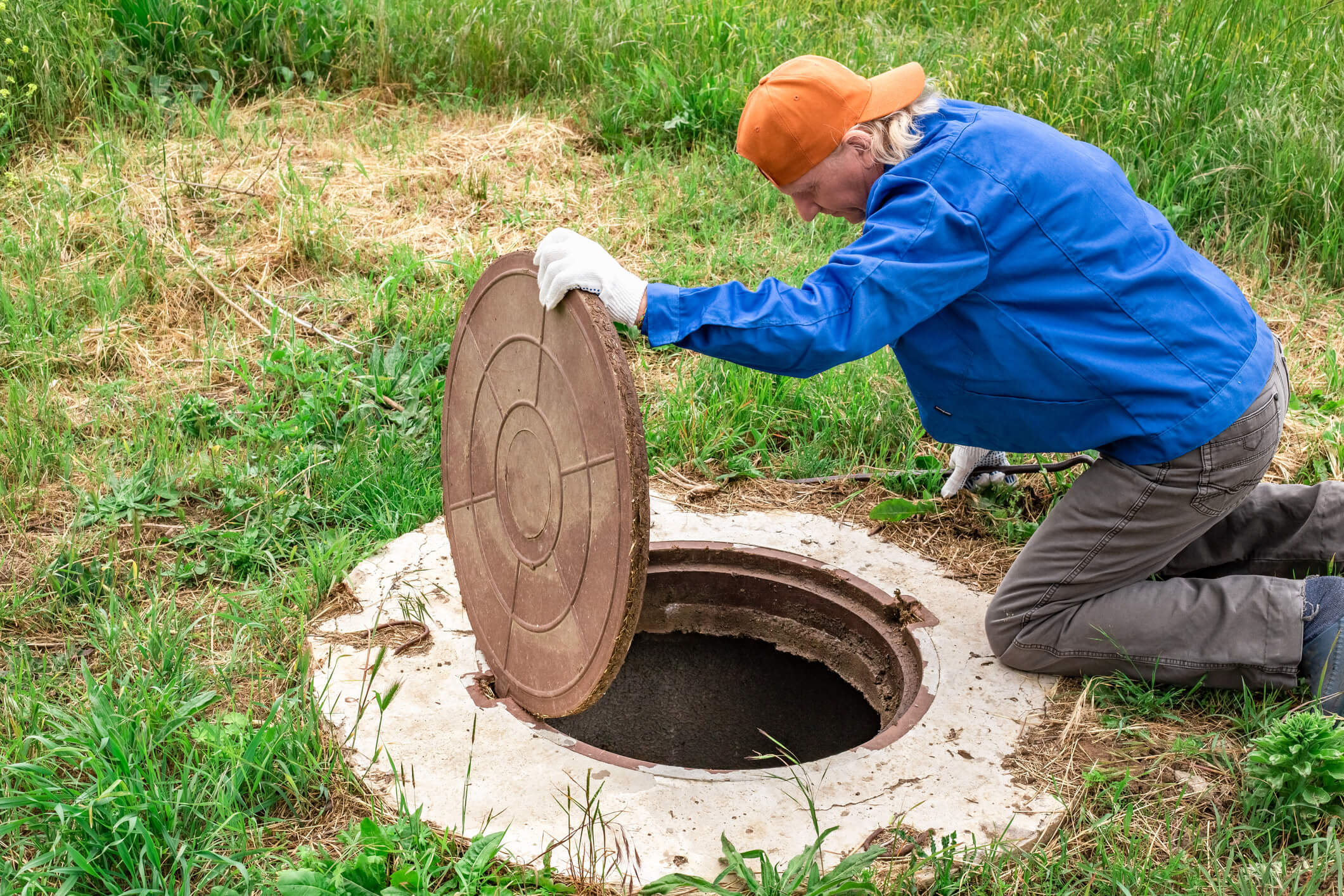Did you know over 41 million Americans reside in flood-prone areas? Safeguarding your home starts with a reliable sump pump. While its cost ranges from $642 to $2,083, including installation, it's a worthy investment.
Nestled in your home's lowest point, often the basement, this silent guardian diligently prevents water buildup. And don't forget—a home warranty can be a lifesaver if your sump pump ever falters or requires replacement
1. Test Your System Periodically
For many new homeowners, the sump pump is an unfamiliar system. It's essential not to wait for a storm to determine its functionality, risking potential water damage.
To check, pour a significant amount of water into its pit. Typically, one large bucket should activate the pump. If it remains inactive, continue filling. If there's still no action, consider repair or replacement."
2. Keep the Sump Pit Clean
Like any other mechanical device, a sump pump can fail if it fills up with debris. You can avoid this problem by periodically cleaning out any debris that collects in the pit. It's best done when water levels are low and you can more easily see the bottom of the pit.
As a rule, you should clean the pit at least once each year. When it comes to maintenance items like this, I find it's best to mark a date on your calendar to remind you of this all-important task. Ideally, it should be done just before the rainy season in your location.
3. Test and Clean the Discharge Pipe
The discharge pipe carries water from the sump pump pit to a location outside the home. If it isn't kept clear and free-flowing, your home can fill up with water even if your sump pump is working well. This is a more common problem if you are buying an old house since the sediment can accumulate in pipes over the course of many years.
You can test the pipe using a hose from the sump pit. If water doesn't flow freely, you may need to call a service to clean it out, especially if it's a very long pipe.
4. Inspect the Check Valve
You should do this when you're cleaning the discharge pipe. The check valve prevents water from backing up into the sump pit when the pump is not running. If the valve malfunctions, your home may flood from water flowing out of the discharge pipe into your home.
5. Keep the Discharge Location Clear
Not all the problems with a sump pump take place in the home. If the discharge location – the area outside the home where the discharge pipe empties – is obstructed, your sump pump will back up. It may pump water outside the home, but it will simply reverse flow back inside.
Once each year, inspect the discharge location to make sure it's clear. If it isn't, remove any debris that could be blocking it. If it's allowed to continue building up, the debris can even end up inside the discharge pipe itself.
6. Keep the Sump Pit Covered
While debris that's flowing from your discharge pipe can accumulate in the sump pit, the pit may also fill up from dust and objects from inside the home. The best way to avoid this problem is by covering the sump pit with a removable cover. This is also an excellent way to prevent moisture and humidity in your home from evaporating water in the pit.
7. Connect Your Sump Pump to a Backup Power Source
A common occurrence with flooding is power outages. Since the sump pump is powered by electricity, an outage can cause it to fail at the worst possible time.
To prevent that from happening, connect the pump to a backup power source, like a generator. Of course, the generator will need to be located somewhere that isn't subject to flooding.
8. Inspect and Clean the Pump
This is the mechanical device at the top of the sump pump. Periodically clean the outside of the pump, and inspect it for rust and corrosion.
If, like most people, you're not familiar with this process, you should check the manufacturer's instructions under "periodic maintenance". It's usually a simple process, and one that will prolong the life of your pump. Just make sure you unplug the pump before working on it.
9. Test Your Pump's Float Component
Similar to the water supply tank on your toilet, your sump pump has a float component that works much the same way. As the water level in the sump pit rises, the float device will also rise, activating the pump.
You should check the float several times per year to make sure it's functioning properly. It's a simple device, and easy to test. But if it's not working properly, it's time for either repair or replacement.
10. Schedule Professional Servicing
If you're not comfortable performing any of the above maintenance tips, you should schedule professional servicing at least once each year. If you have a home warranty, be sure to check with the warranty company to see if they have a list of preferred contractors. If you choose your own servicer, and your sump pump fails, the warranty may not cover replacement.
Flooding Can Happen Without Warning!
My family had lived in our house for eight years before we experienced our first flood. Since we hadn't prepared for the event, the basement was filled with three feet of water. The cleanup took weeks to complete. That was when we got our first sump pump. But don't wait for a flood before you get yours.
Given that a sump pump can cost over $2,000 to install, it should be paired with a good home warranty. Two worth considering are Select Home Warranty and Choice Home Warranty. When you get coverage, be sure to maintain your sump pump properly. Home warranties commonly cover repair or replacement, but only if your system is adequately maintained.

